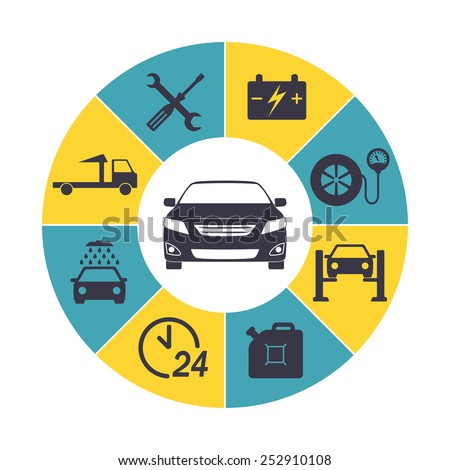Understanding Your Car'S Caution Lights: What Do They Really Mean?
Understanding Your Car'S Caution Lights: What Do They Really Mean?
Blog Article
Short Article Composed By-Vinson Gilbert
When you're behind the wheel, those beautiful caution lights on your control panel can be a little bit bewildering. Do you understand what they're trying to inform you about your cars and truck's wellness? Recognizing the significance of these lights is important for your safety and the long life of your automobile. So, the next time one of those lights turns up, would not you want to decipher its message properly and take the essential steps to address it?
Common Warning Lighting and Interpretations
Recognize common caution lights in your automobile and understand their significances to make sure safe driving.
go source include the check engine light, which signals concerns with the engine or exhausts system. If this light comes on, it's important to have your vehicle examined quickly.
The oil stress alerting light suggests reduced oil pressure, calling for prompt focus to avoid engine damage.
A blinking battery light may suggest a damaged billing system, potentially leaving you stranded otherwise addressed.
The tire pressure tracking system (TPMS) light alerts you to reduced tire pressure, influencing lorry security and fuel efficiency. Neglecting this could result in harmful driving problems.
The abdominal light indicates an issue with the anti-lock stopping system, jeopardizing your ability to quit quickly in emergency situations.
Lastly, the coolant temperature level advising light warns of engine getting too hot, which can lead to severe damage if not solved swiftly.
Understanding these common warning lights will help you resolve issues promptly and keep secure driving problems.
Value of Prompt Focus
Recognizing the usual caution lights in your automobile is only the initial step; the value of quickly resolving these warnings can not be stressed enough to ensure your safety and security when traveling.
When a caution light brightens on your control panel, it's your car's way of interacting a potential issue that needs attention. Ignoring these cautions can bring about a lot more serious problems down the road, jeopardizing your safety and potentially costing you much more in repairs.
Motivate focus to cautioning lights can avoid malfunctions and accidents. For example, a flashing check engine light might show a misfire that, if left unattended, can trigger damages to the catalytic converter. Resolving this promptly can save you from a pricey repair.
Likewise, a brake system warning light might indicate low brake fluid or worn brake pads, vital components for your security when driving.
DIY Troubleshooting Tips
If you see a warning light on your control panel, there are a few DIY troubleshooting ideas you can attempt before seeking expert assistance.
auto car wash near me is to consult your automobile's handbook to comprehend what the particular warning light suggests. In some cases the problem can be as straightforward as a loose gas cap triggering the check engine light. Tightening up the gas cap may resolve the problem.
Another common problem is a low battery, which can set off various warning lights. Examining car cleaning services near me for corrosion and guaranteeing they're secure may repair the trouble.
If a caution light persists, you can try resetting it by detaching the vehicle's battery for a few minutes and then reconnecting it. In addition, checking your vehicle's fluid levels, such as oil, coolant, and brake liquid, can aid troubleshoot warning lights connected to these systems.
Conclusion
To conclude, recognizing your vehicle's caution lights is vital for keeping your vehicle running efficiently and securely. By without delay addressing these signals and understanding what they mean, you can avoid costly repair services and potential failures.
Bear in mind to consult your car's guidebook for particular information on each alerting light and act as necessary to ensure a trouble-free driving experience.
Remain notified, stay safe when traveling!
